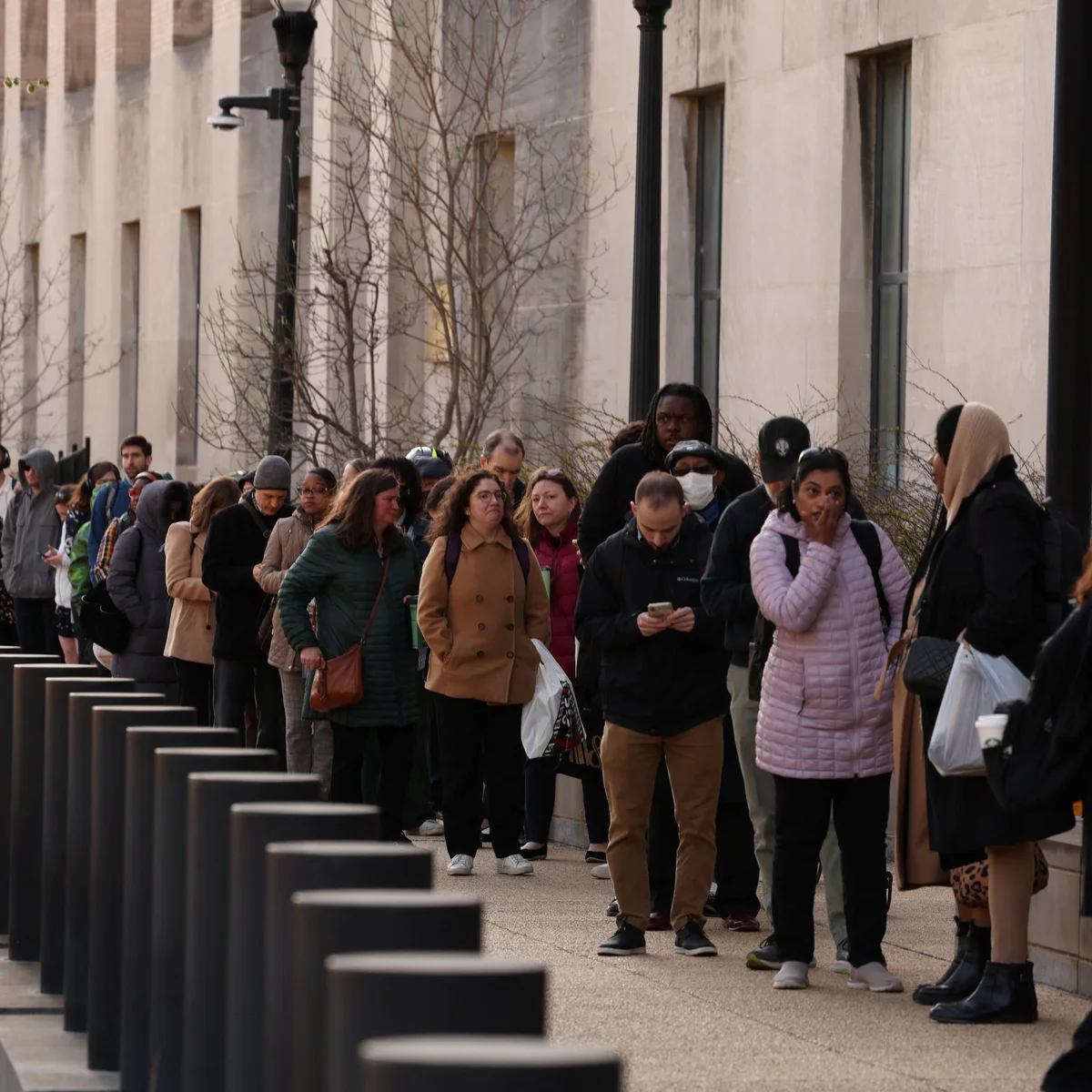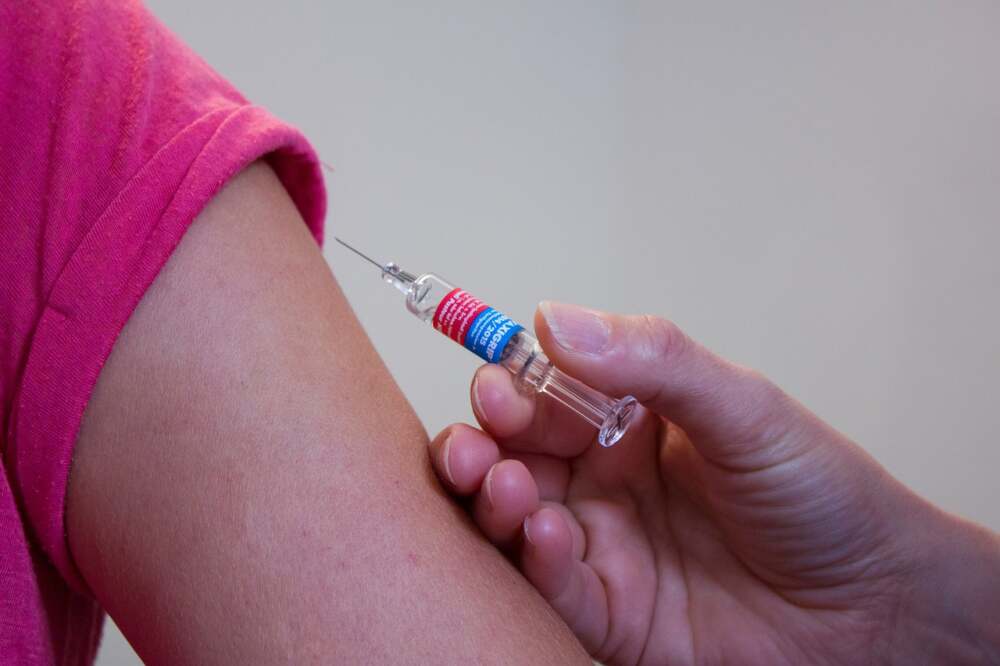Health officials across the United States are sounding alarms as hospitalizations from a highly contagious viral infection rise sharply. The increase comes at a time when vaccination rates have dipped in some communities, and experts warn that without robust public health measures, the trend could worsen.
Alarming Trends in Hospital Admission
- Hospitals in multiple regions are reporting a substantial jump in admissions related to the virus, particularly among unvaccinated individuals. Pediatric wards and long-term care facilities are among the hardest hit.
- Cases have surged in younger populations, including children and teenagers, many of whom are either unvaccinated or only partially vaccinated. Severe illness in these age groups, while still less common than in older adults, is more frequent than in previous seasons.
- Health systems are facing strain: ICU occupancy is rising, and staff shortages are exacerbated by high rates of infection among healthcare workers themselves. Some hospitals have already had to postpone non-urgent surgeries and reallocate resources to manage the influx.
Why the Virus Is Spreading Faster Now
- A new variant (or sub-variant) is believed to be behind the recent spike in cases. This version appears to be more transmissible, even among people who have been vaccinated or previously infected.
- Waning immunity is playing a role. Protection from earlier vaccine doses, especially if administered many months ago, is reduced, particularly for preventing infection and mild disease.
- Vaccine hesitancy and gaps in coverage have left large segments of the population vulnerable. Some communities have low uptake either because of access issues, misinformation, or complacency.
- Public mitigation measures like mask wearing, ventilation, and rapid testing are less consistently used than in previous waves, which helps the virus spread more easily in indoor and crowded settings.
Public Health Response: Time for Mass Vaccination
- Experts are calling for intensive vaccination campaigns, especially targeting groups with low vaccine coverage: children, young adults, rural communities, and those with limited access to healthcare. Booster doses are being prioritized for older adults, immunocompromised people, and frontline workers.
- Health departments are launching mobile clinics, community outreach programs, and partnering with local leaders to build trust and counter misinformation. Some areas are considering vaccine mandates or incentives.
- Public messaging is being updated: instead of emphasizing only avoidance or treatment, health authorities are shifting towards promoting proactive immunity — getting vaccinated before exposure, rather than relying on post-infection treatments.
Potential Outcomes & Risks
- If vaccination doesn’t significantly increase, hospitalizations could push health systems closer to capacity, particularly in regions already facing healthcare shortages.
- The risk isn’t just to those unvaccinated: breakthrough infections in vaccinated people can still lead to hospitalization, especially in the elderly or those with underlying conditions, though generally less severe.
- Lower vaccine uptake also increases the chance of additional variants emerging, as more viral spread gives more opportunities for the virus to mutate.
What Individuals Can Do
- Get vaccinated or boosted if eligible, and encourage those around you to do the same.
- Wear masks in crowded indoor spaces — especially when community transmission rates are high.
- Practice good ventilation indoors: open windows, use air purifiers, or spend more time outdoors when possible.
- Stay home or limit contact if symptomatic or exposed, and get tested early to reduce onward spread.
Bottom Line
The recent surge in hospitalizations tied to this virus is a warning shot: while vaccines haven’t eliminated transmission, they remain our most powerful tool to reduce severe illness, deaths, and stress on health systems. With proactive vaccination, better public awareness, and strong health policies, there’s still a chance to blunt the worst of this wave. But time is of the essence.
















Leave a Reply